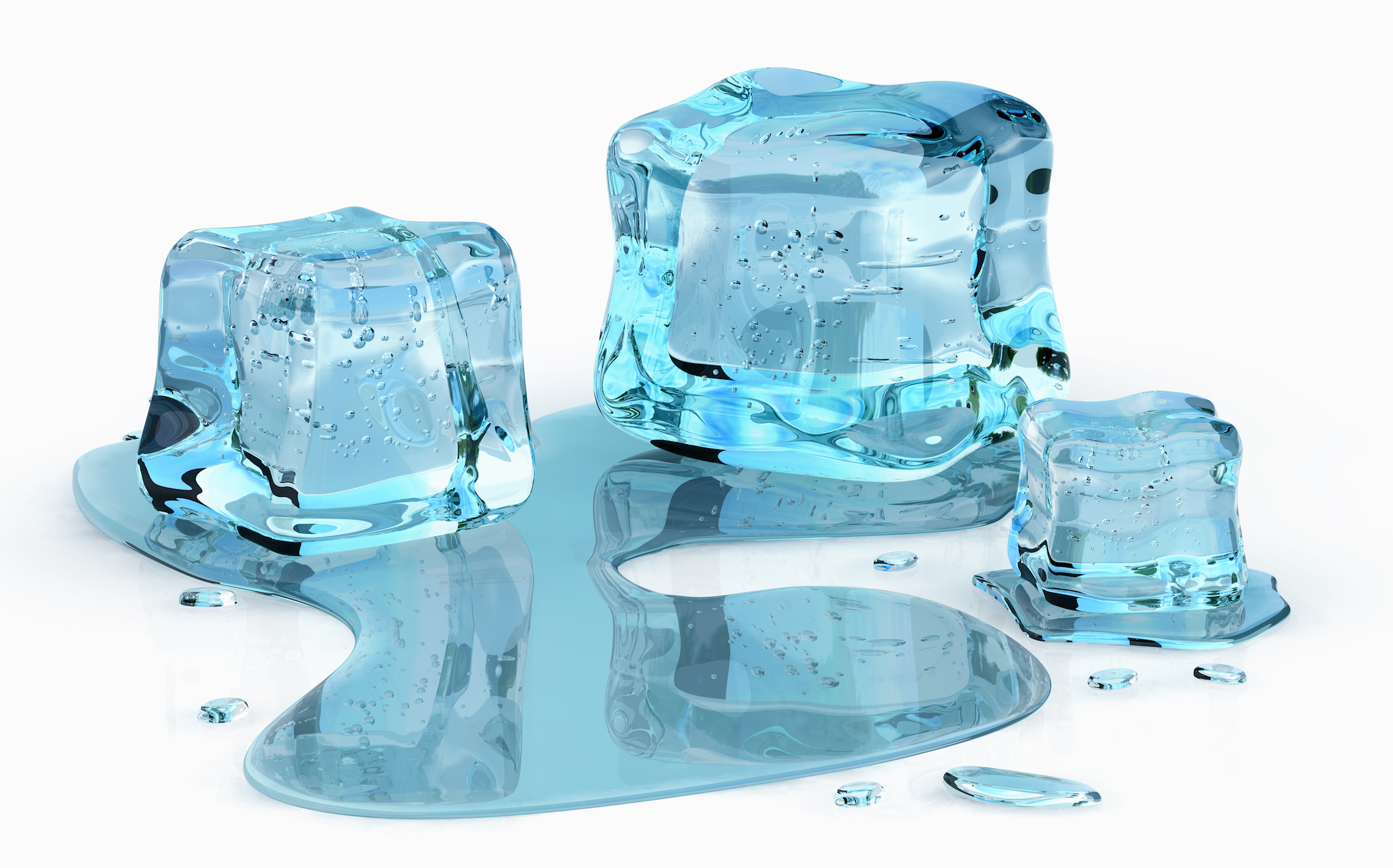
Why is ice so slippery? It’s more complicated than you may think
If you’ve ever been unfortunate enough to accidentally step on a patch of ice, you’re probably well aware of what happens next. The fact that ice is slippery – much to the chagrin of unassuming pedestrians – has been known for years. It’s why we use ice as a surface for sports such as speed skating, curling, and hockey. But while the slipperiness of ice is common knowledge, it’s not entirely understood from a science perspective.
In 1886, an Irish physicist by the name of John Joly presented the first scientific explanation for low friction on ice. He posited that when an object touches the surface of the ice, the local contact pressure is so high that the ice melts, creating a liquid water layer that lubricates the sliding. Currently, the consensus is that although liquid water at the ice surface does reduce sliding friction on ice, it is not melted by pressure. Rather, the ice is melted by frictional heat produced during sliding.
Researchers Daniel Bonn, a professor at the University of Amsterdam, and Mischa Bonn, from the Max Planck Institute for Polymer Research, have now demonstrated that friction on ice is more complicated than previously thought. Using macroscopic friction experiments at temperatures ranging from 0 °C to -100 °C, they showed that the ice surface transforms from an extremely slippery surface at typical winter sports temperatures, to a surface with high friction at -100 °C.
In determining this, the research team performed spectroscopic measurements of the state of water molecules at the surface, and compared these with molecular dynamics simulations. This combination of theory and experiment determined that two types of water molecules exist at the ice surface: water molecules that are stuck to the underlying ice, bound by three hydrogen bonds, and mobile water molecules that are bound by only two hydrogen bonds. The mobile water molecules continuously roll over the ice, powered by thermal vibrations.
When the temperature is increased, the two types of surface molecules are interconverted: the quantity of mobile molecules is increased at the expense of molecules that are stuck to the surface of the ice. Interestingly, this change in mobility of the topmost water molecules at the ice surface – caused by increases in temperature – perfectly matches the temperature-dependence of the measured friction force. In other words, the larger the mobility at the ice surface, the lower the friction, and vice versa.
Ultimately, the researchers conclude that the high mobility of the surface water molecules is responsible for the slipperiness of ice. They also determined that, while the surface mobility continues to increase all the way up to 0°C, this is not an ideal temperature for sliding on ice. Experiments showed that the friction is minimal at a temperature of -7°C, which is the exact same temperature used at speed skating rinks. So although this study – published in the Journal of Physical Chemistry Letters – is the first to uncover the hidden complexities of ice’s slippery nature, it seems like the sports world has known the ideal ice temperature all along.
—
By Connor Ertz, Earth.com Staff Writer













